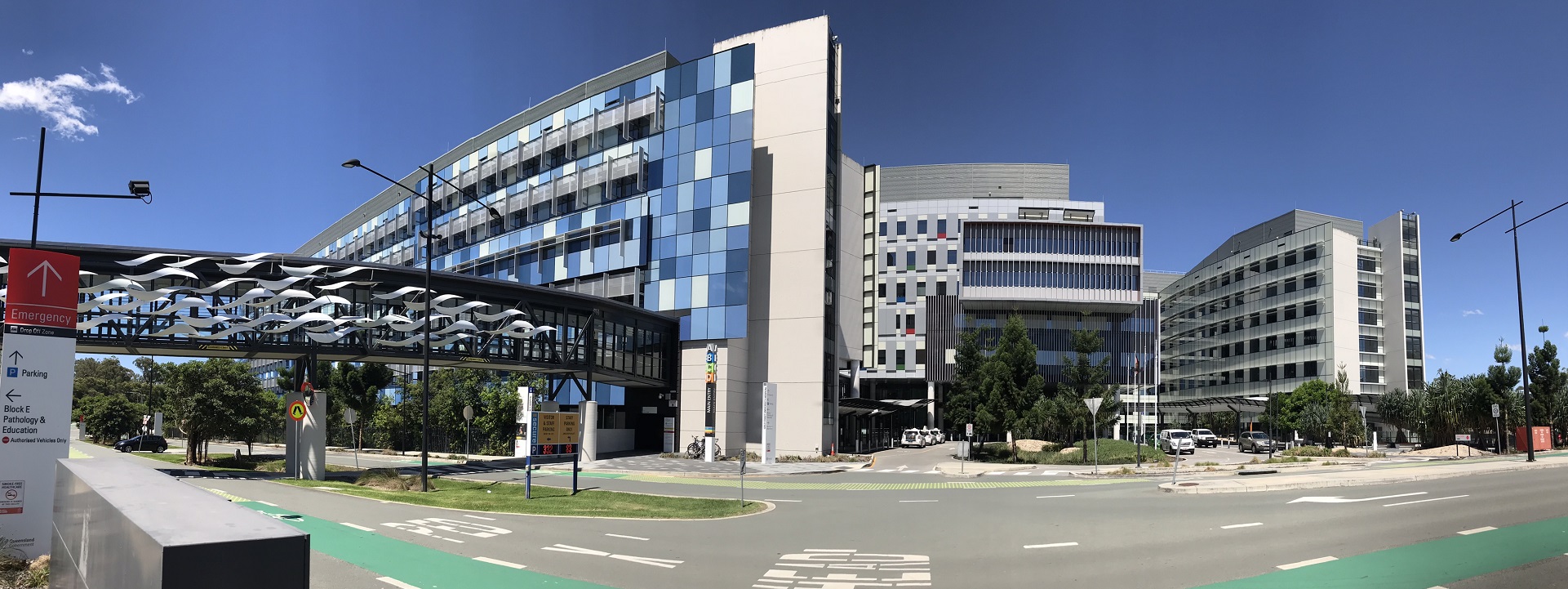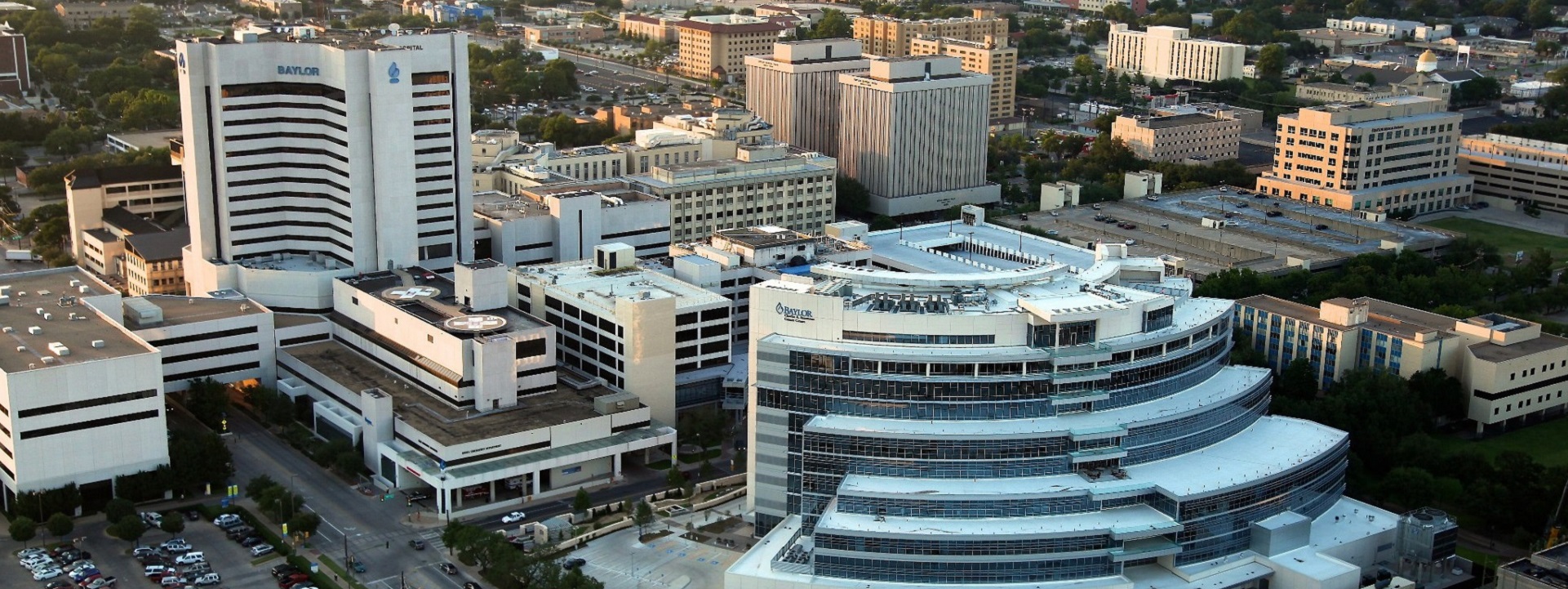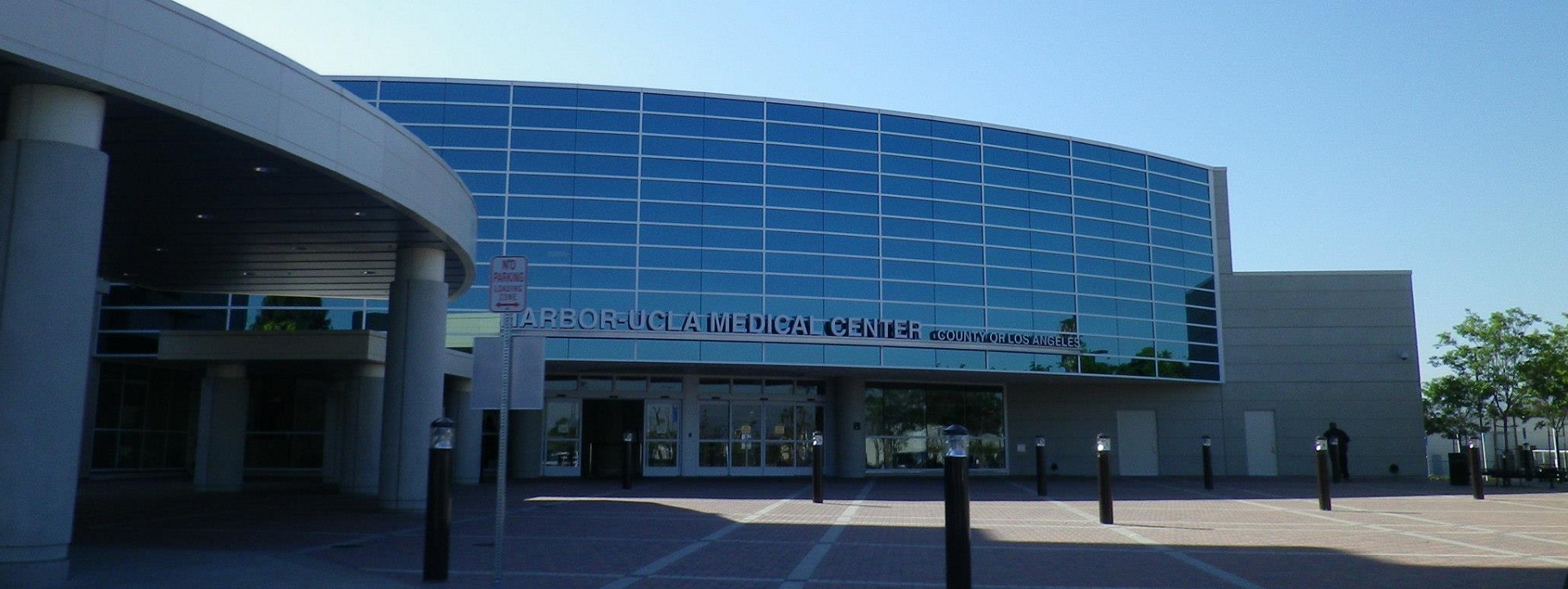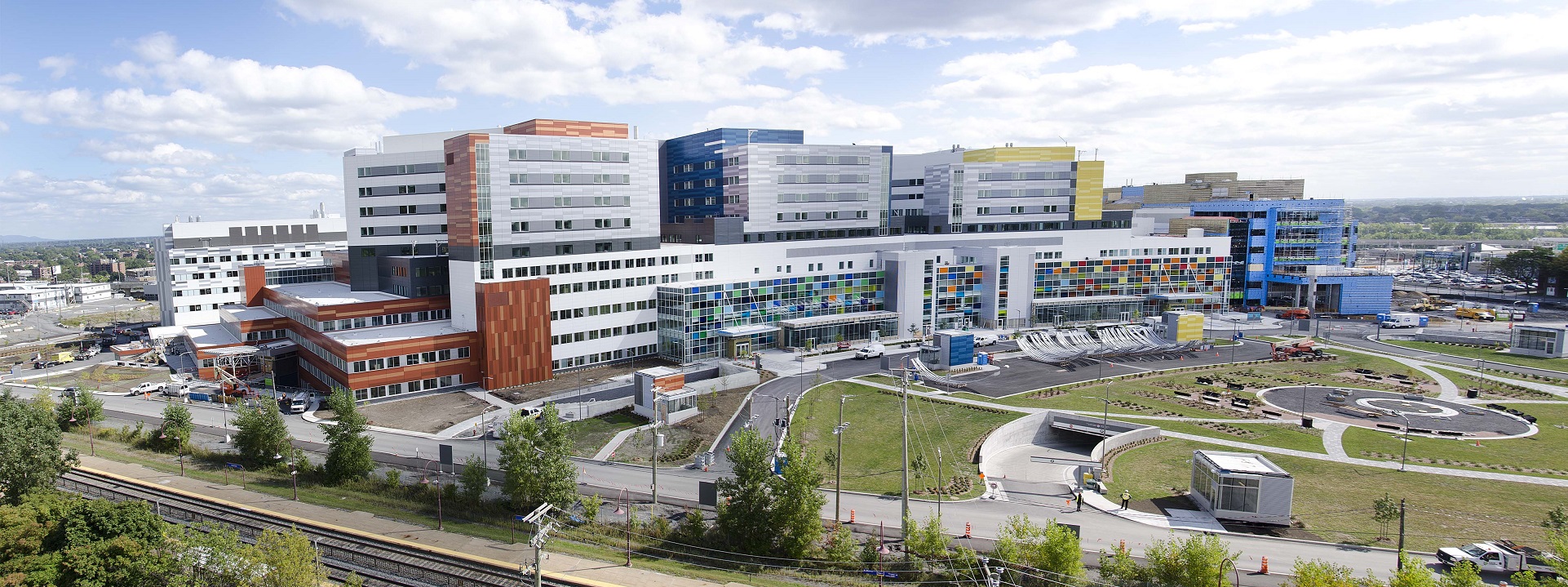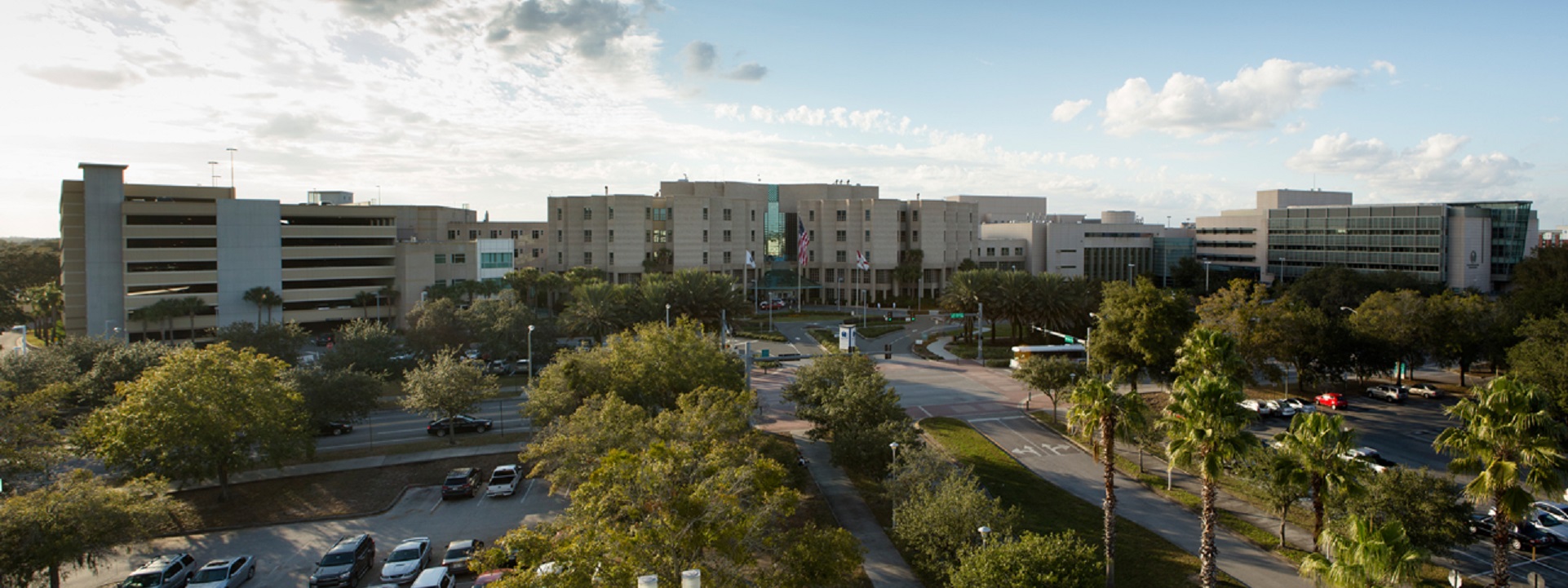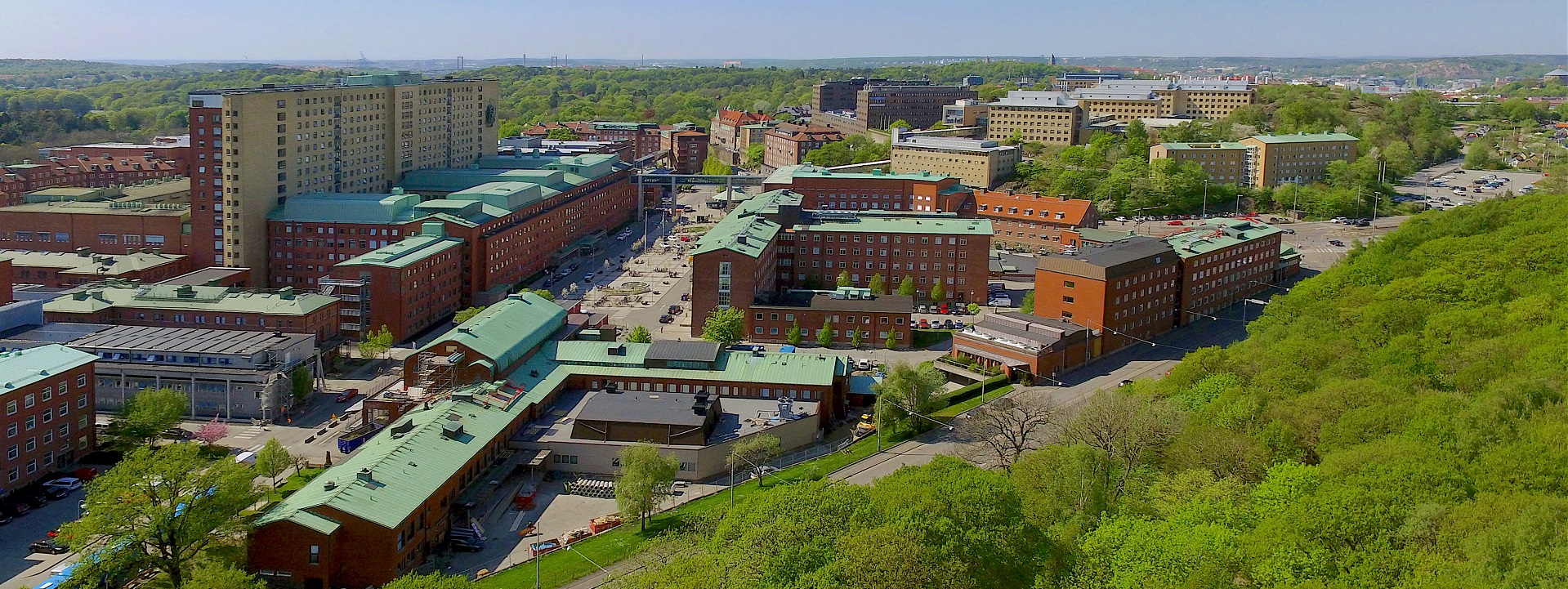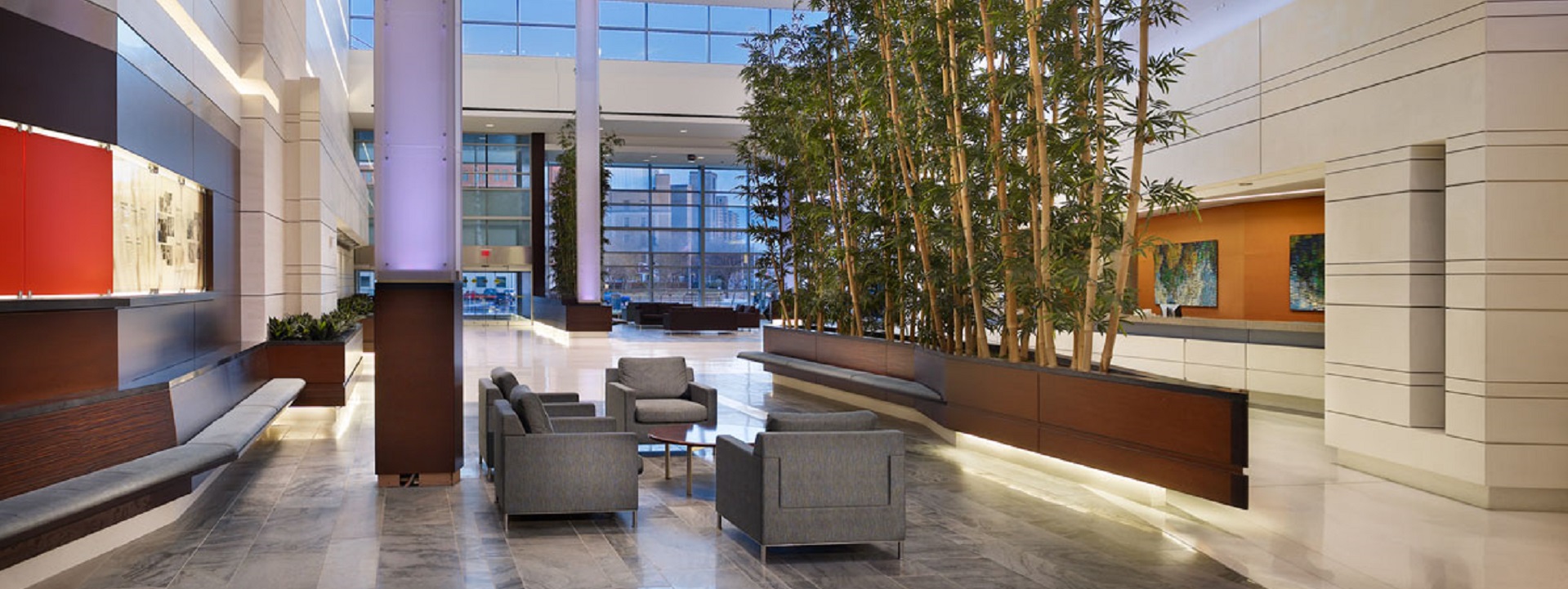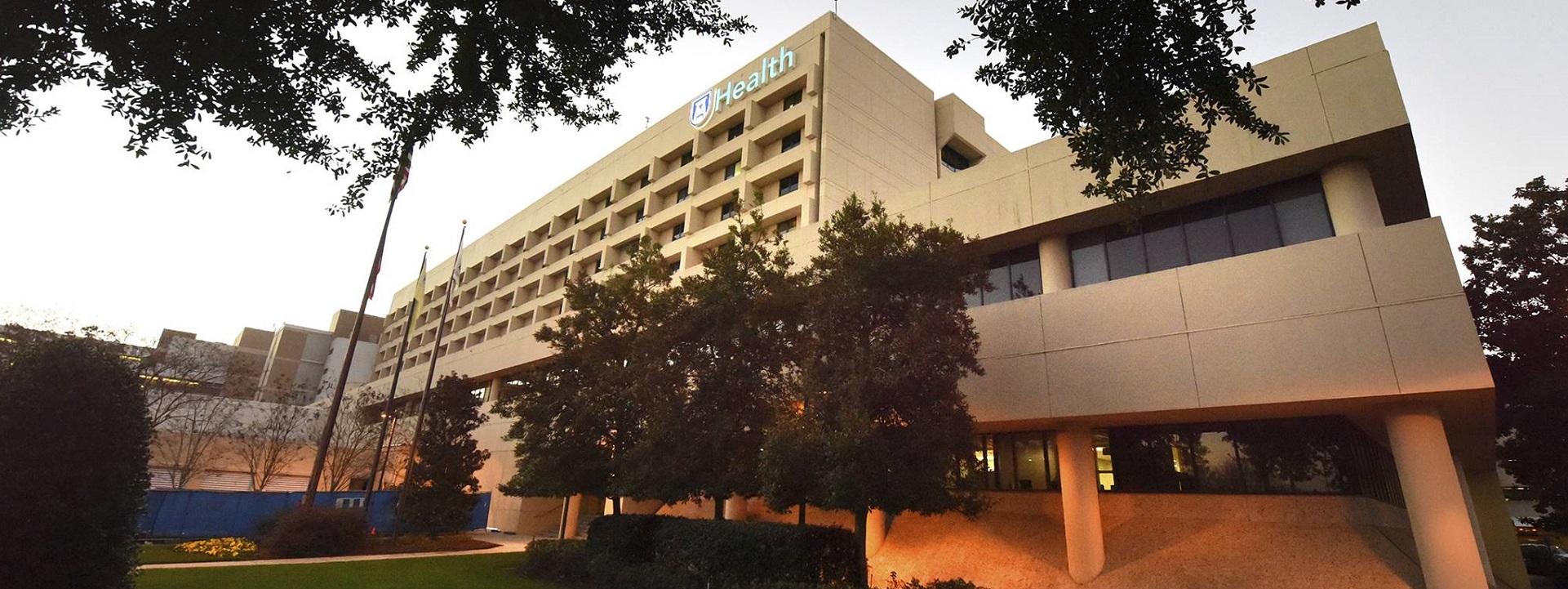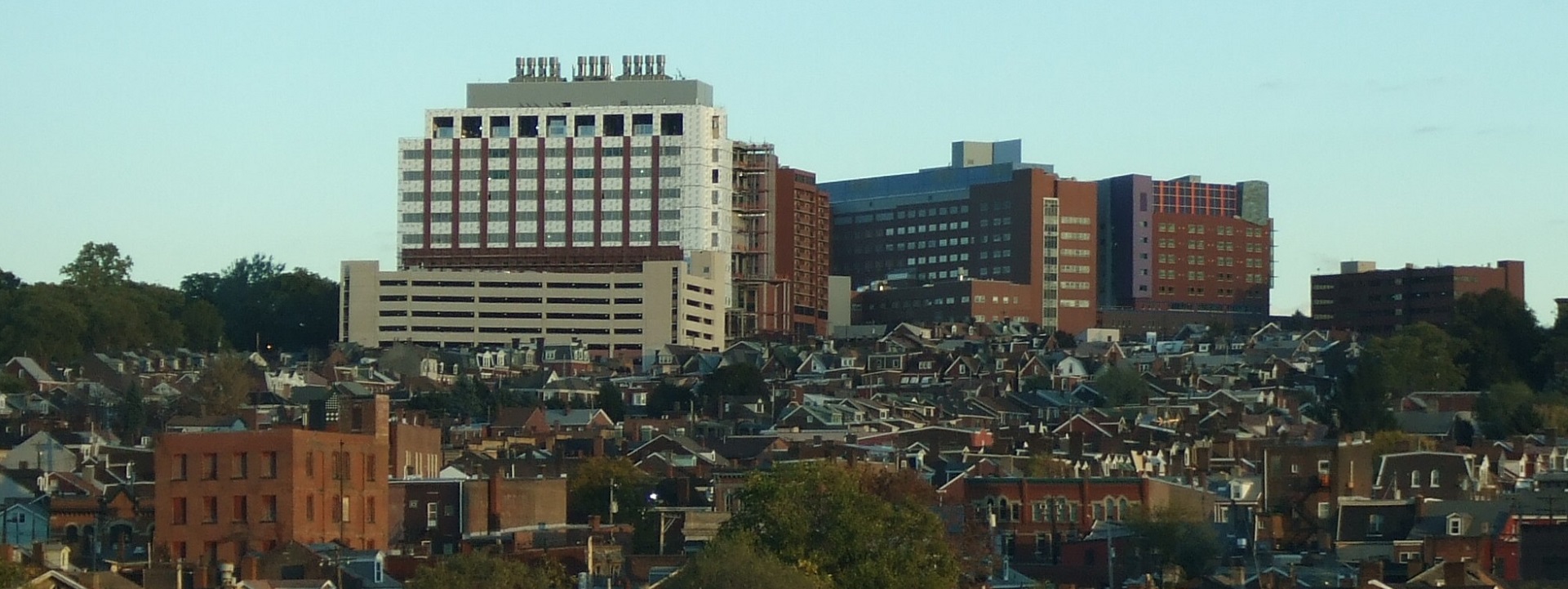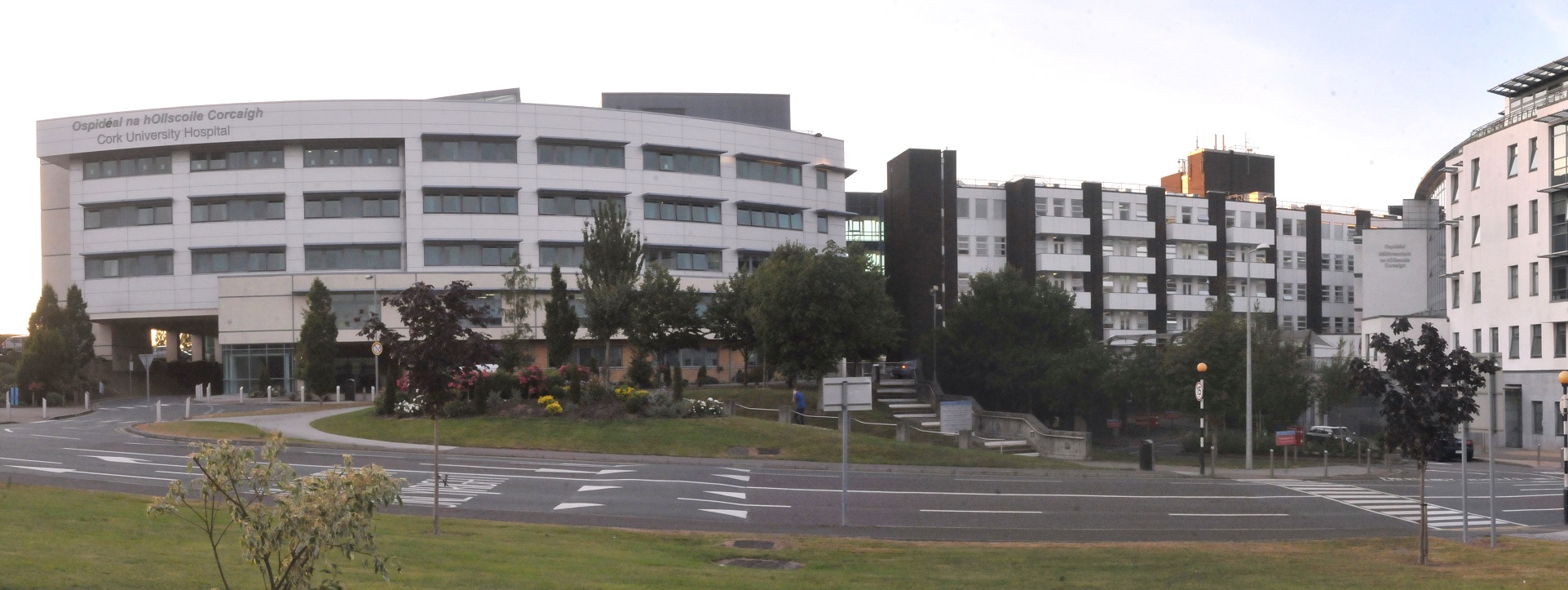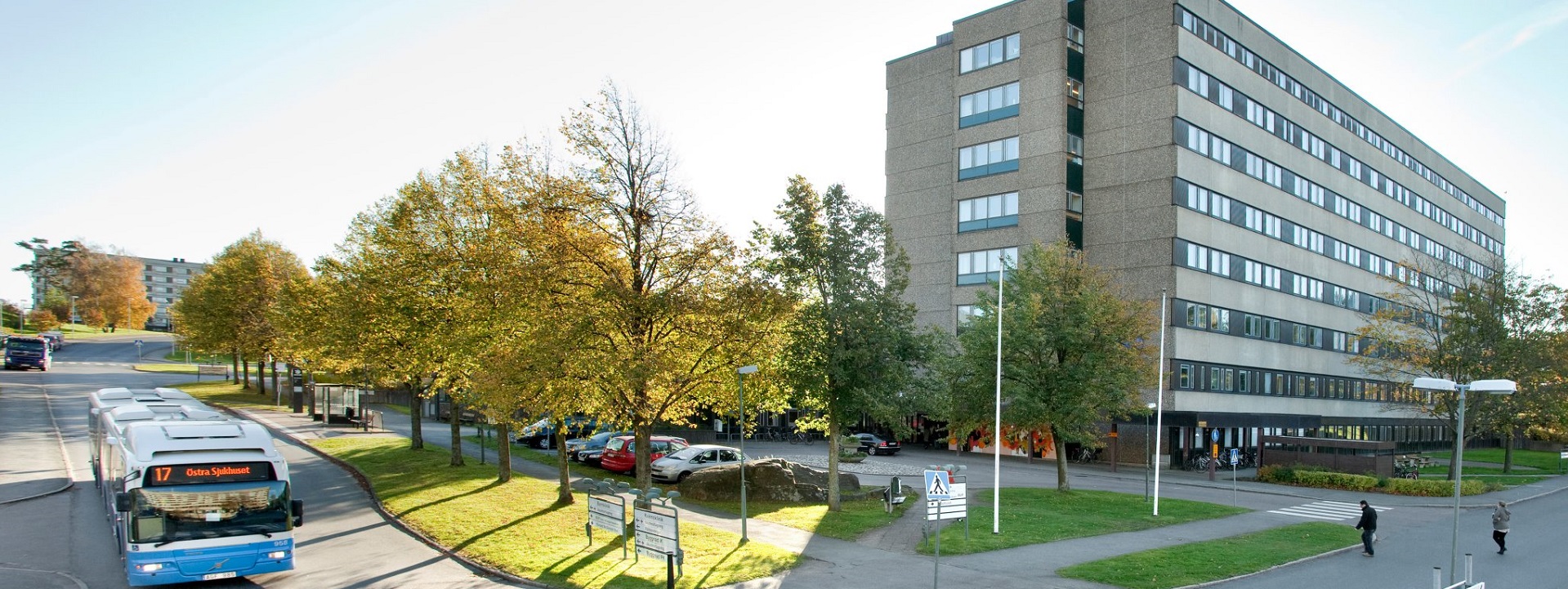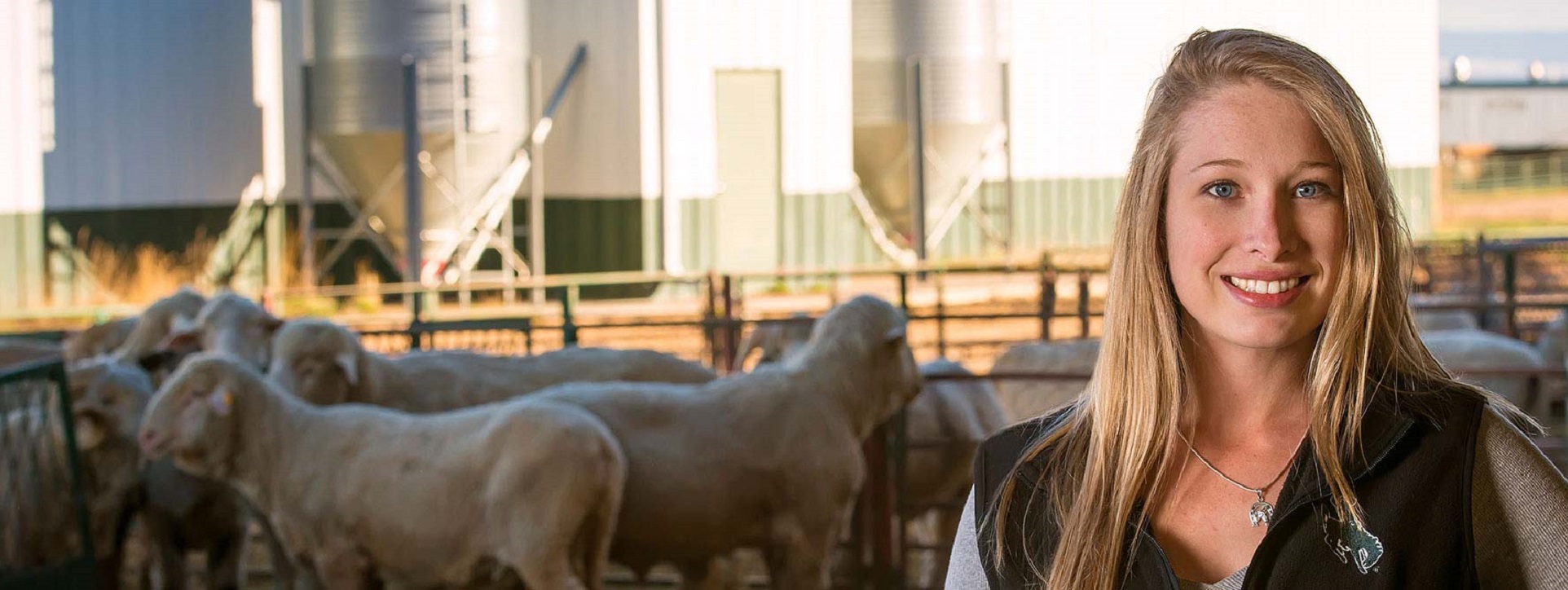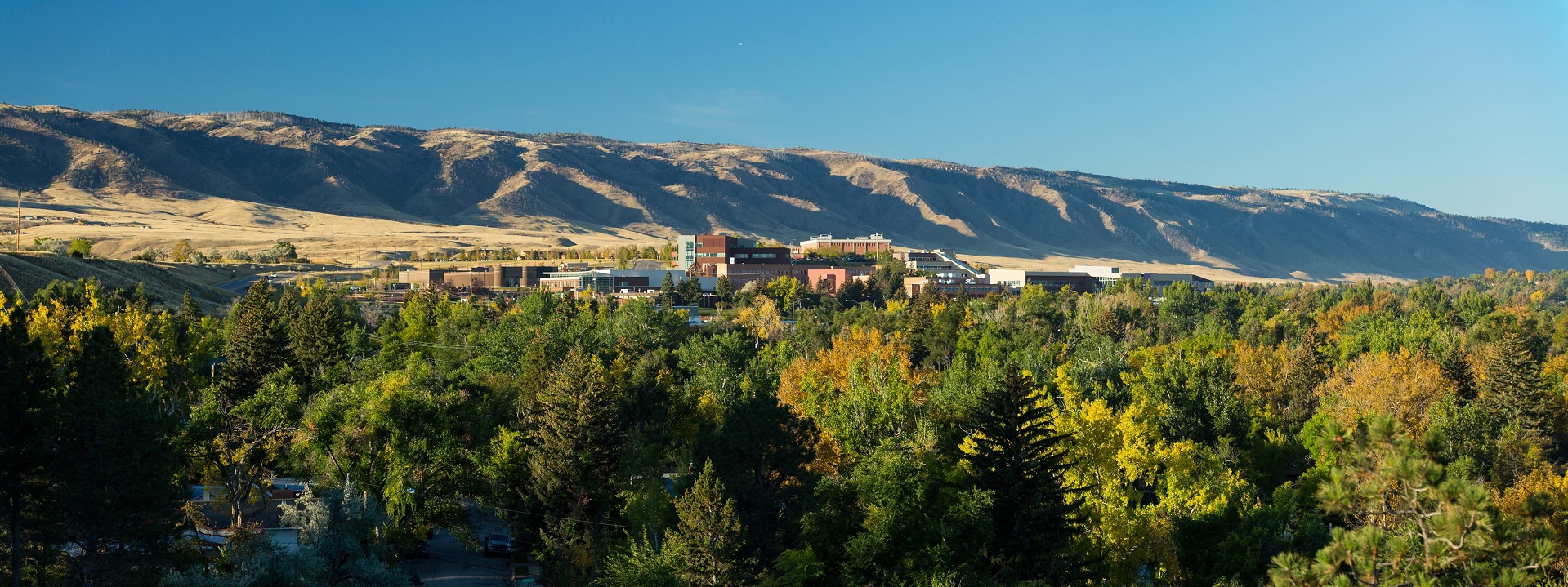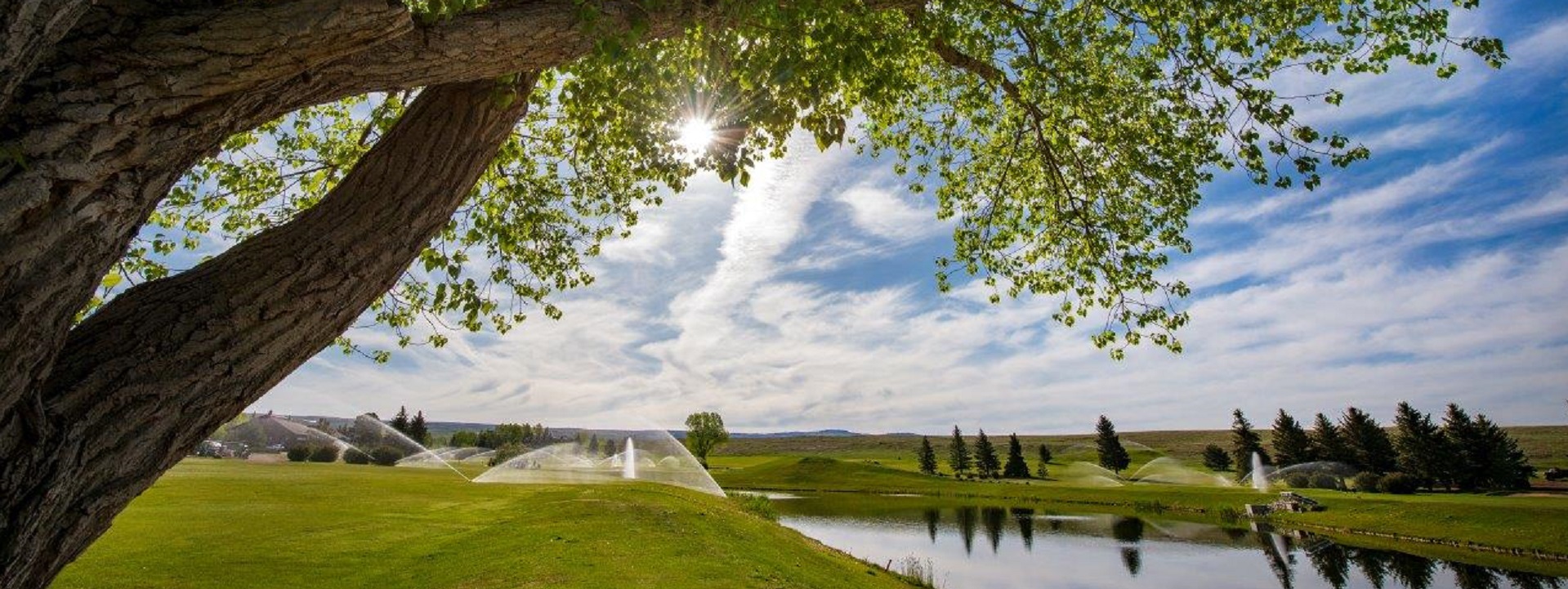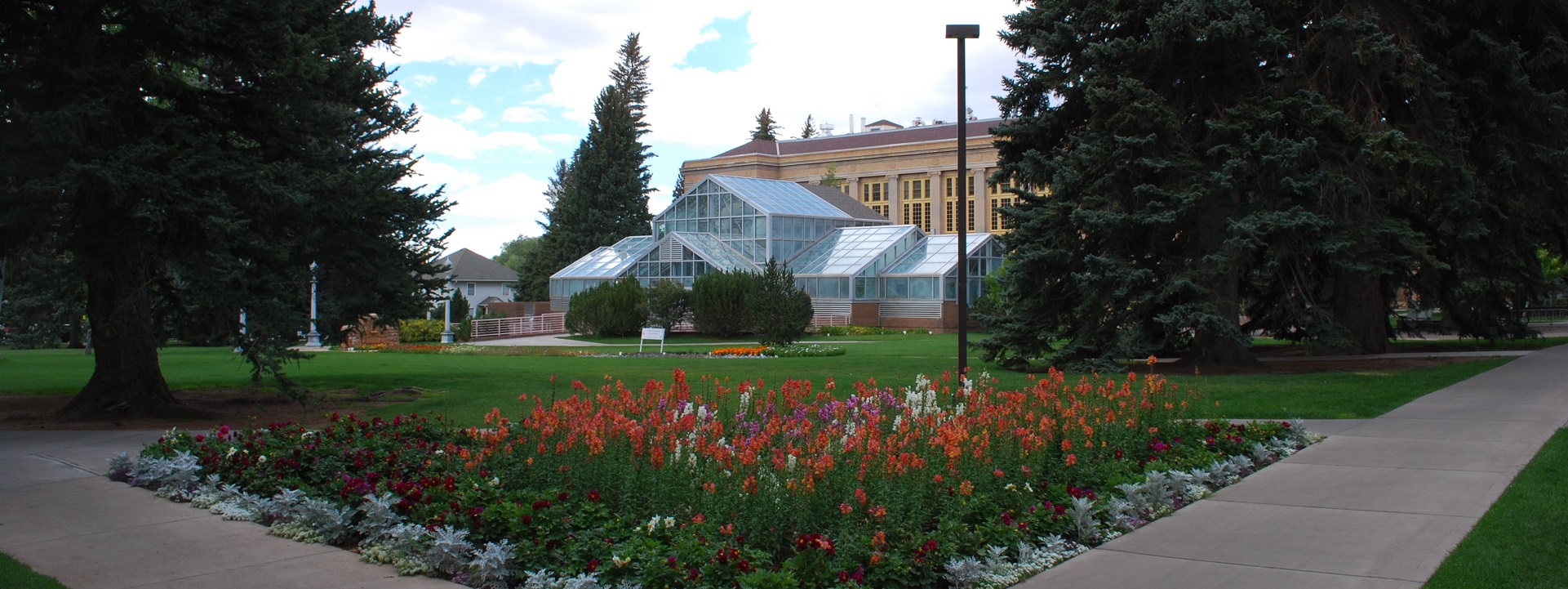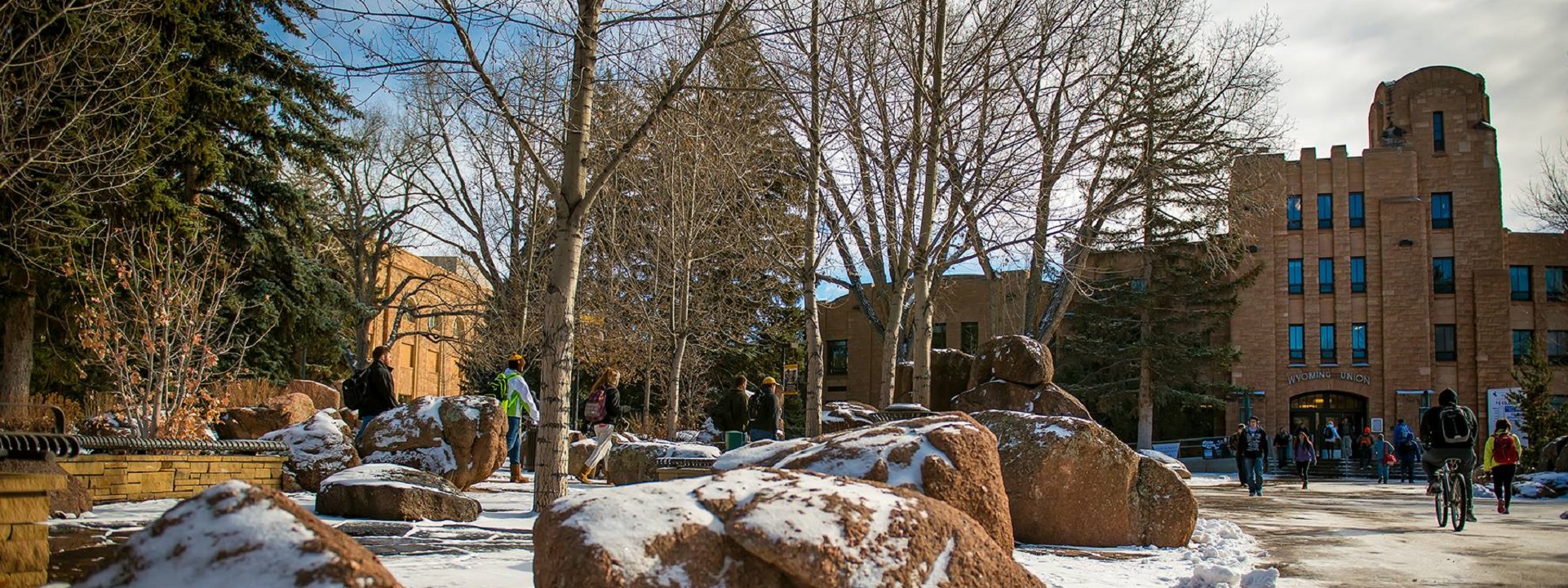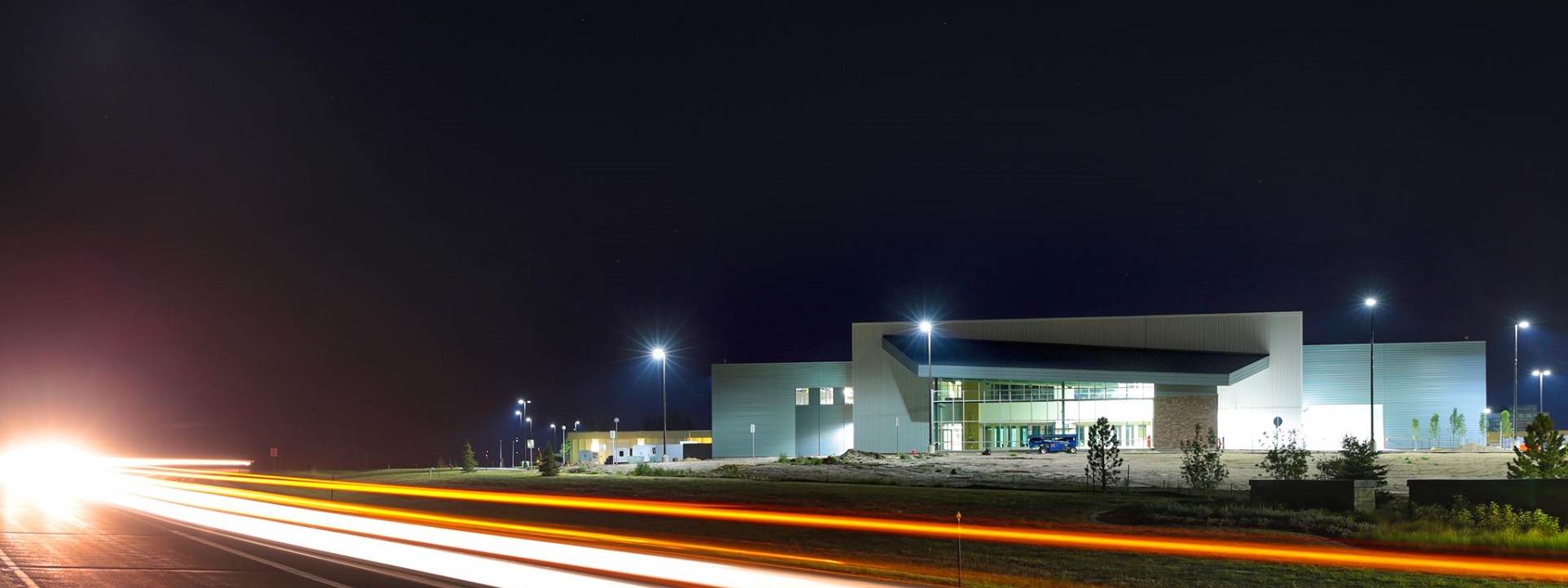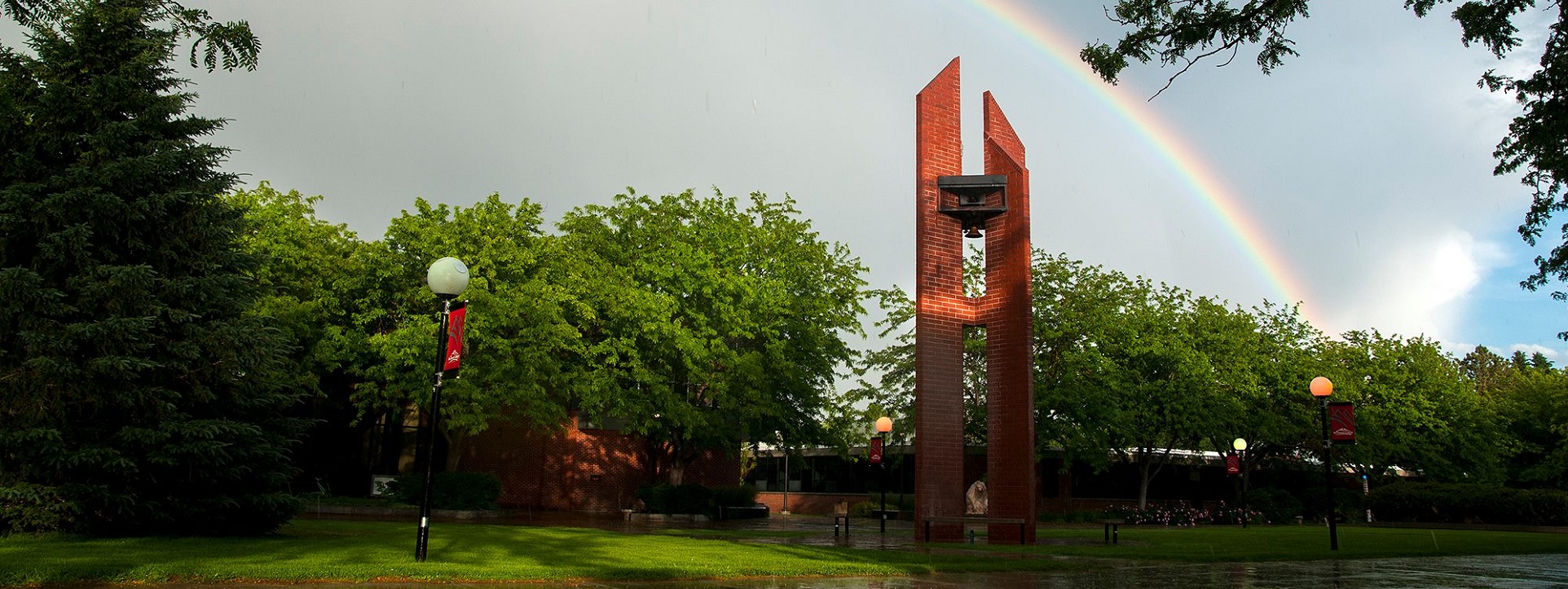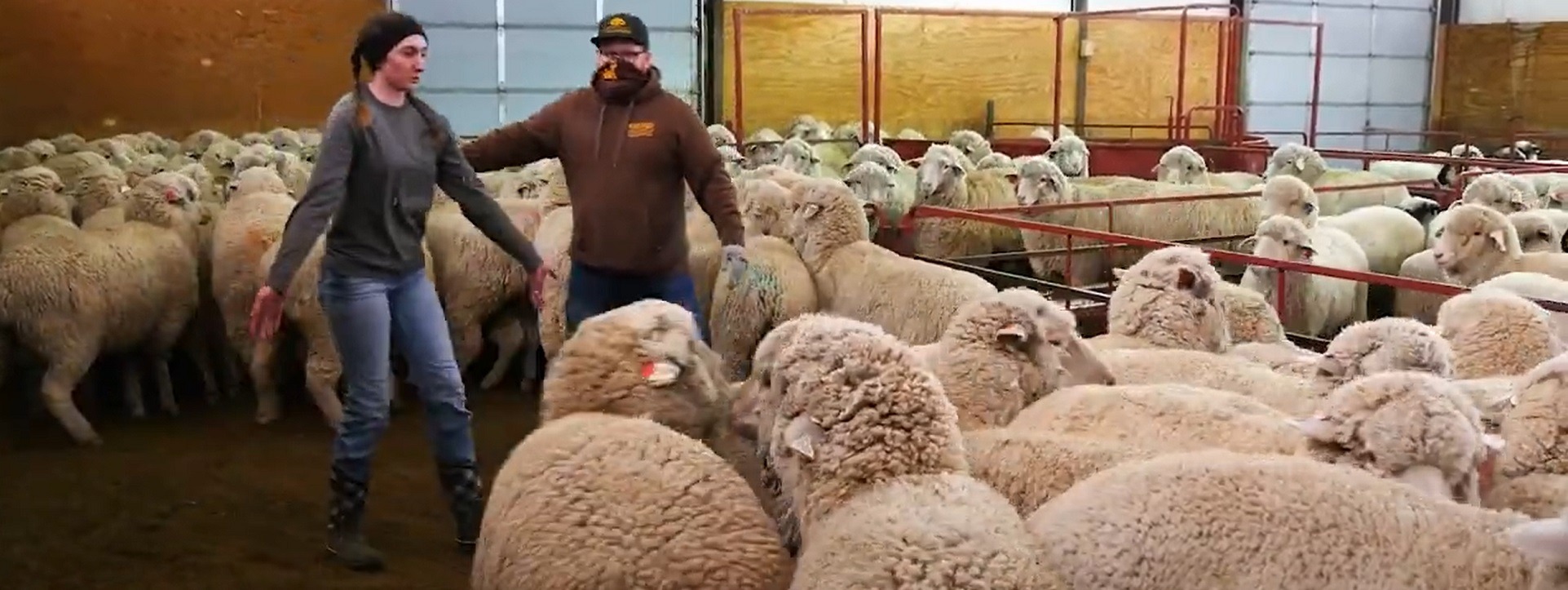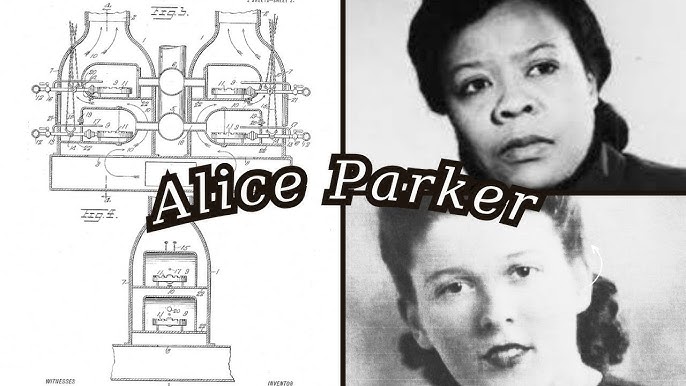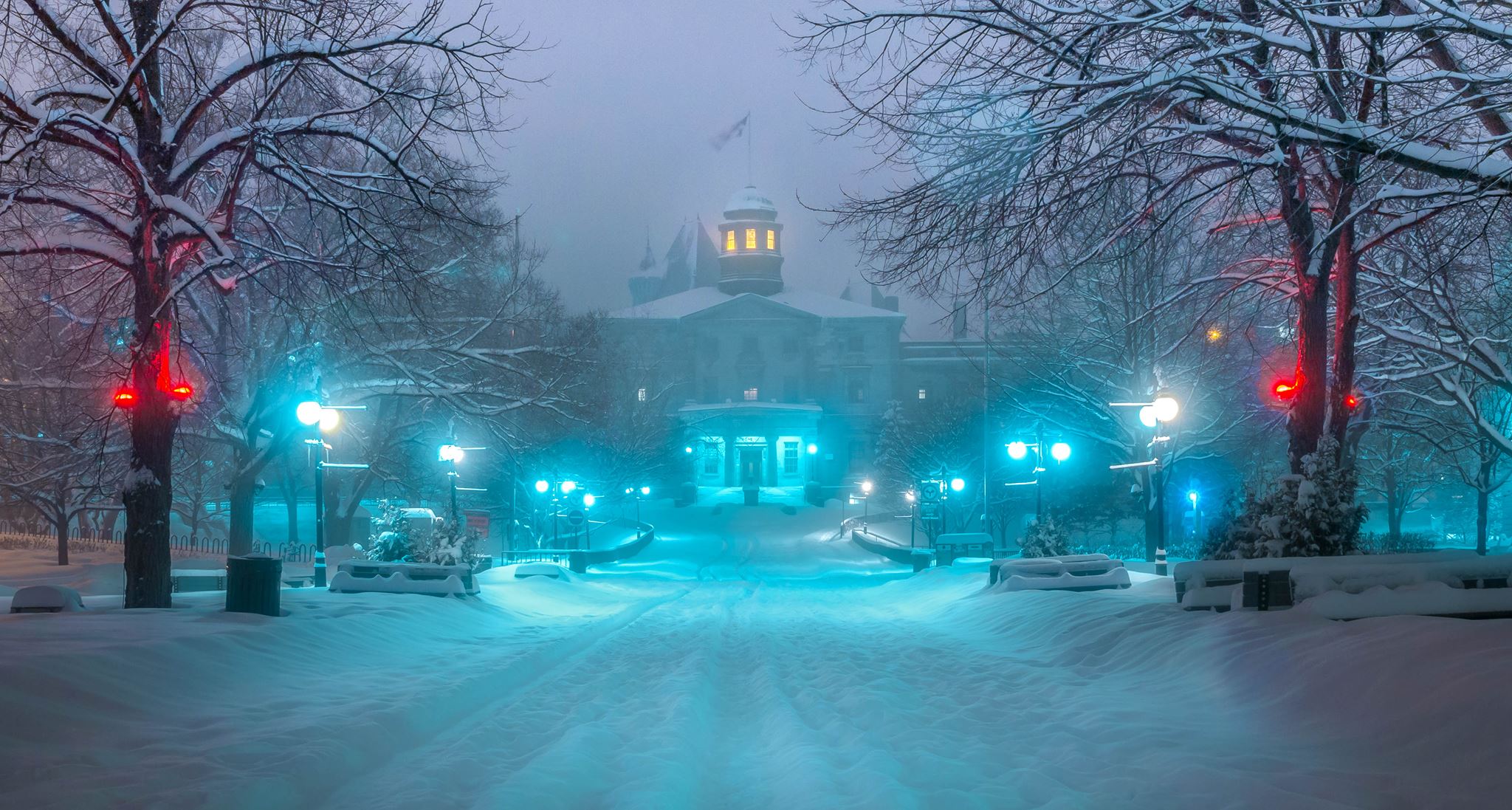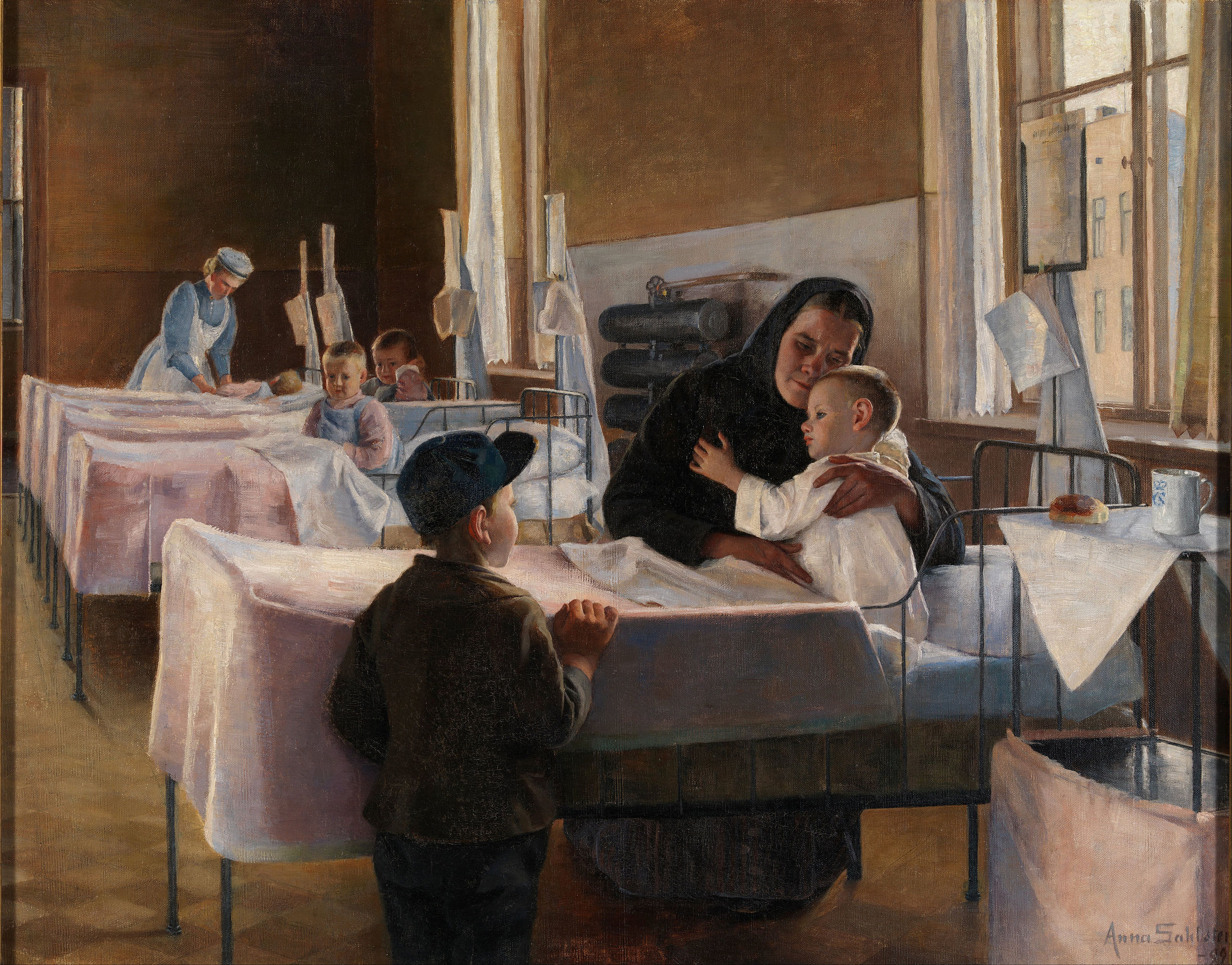
Safety and sustainability for any facility, not just university-affiliated healthcare facilities, usually begin with an understanding of who, and how, shall occupy the built environment. University settings, with mixed-use occupancy arising spontaneously and temporarily, often present challenges and they are generally well managed.
First principles regarding occupancy classifications for healthcare facilities appear in Section 308 of the International Building Code, Institutional Group I; linked below:
2021 International Building Code Section 308 Institutional Group I
There are thousands of healthcare code compliance functionaries and instructors; most of them supported by trade associations and most of them authoritative. Hewing to our market discipline to track only the concepts that will affect university-affiliated healthcare enterprises only. There are a few noteworthy differences between corporate healthcare businesses and university affiliated healthcare enterprises (usually combined with teaching and research activity) that we identify on this collaboration platform.
We collaborate closely with the IEEE Education & Healthcare Facilities Committee which takes a far more global view of the healthcare industry. That committee meets online 4 times monthly in European and American time zones.
Finally, we encourage our colleagues to participate directly in the ICC Code Development process. Contact Kimberly Paarlberg (kpaarlberg@iccsafe.org) for more information about its healthcare committees and how to participate in the ICC code development process generally. Tranches of ICC titles are developed according to the schedule below:
2024/2025/2026 ICC CODE DEVELOPMENT SCHEDULE
Issue: [18-166]
Category: Architectural, Healthcare Facilities, Facility Asset Management
Colleagues: Mike Anthony, Jim Harvey, Richard Robben
More
The ICC Code Development Process




